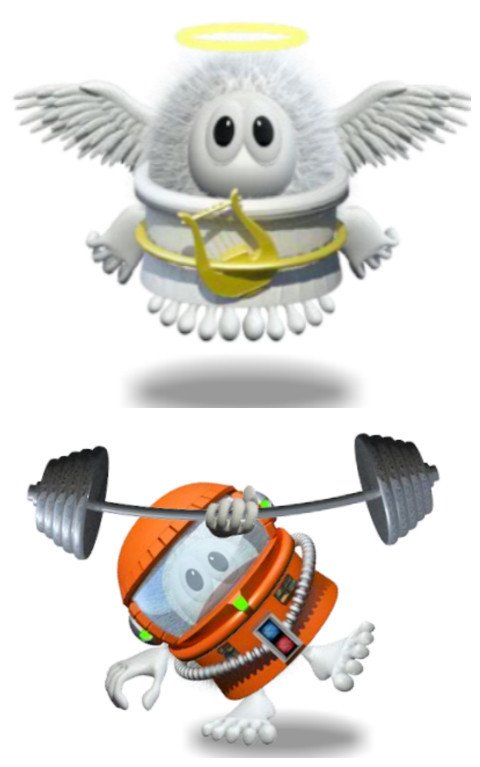
In 2017, scientists found asteroid 3122 Florence had two tiny moons. Pluto, smaller than our own moon, has five moons in its orbit, including the Charon, a moon so large it makes Pluto wobble. In some ways, the swarms of moons around these worlds resemble mini versions of our solar system. The giant planets Jupiter and Saturn lead our solar system’s moon counts. Of the eight planets, Mercury and Venus are the only ones with no moons. There are more than 200 known moons in our solar system and several more awaiting confirmation of discovery. But it will be many thousands of years before the two Voyagers exit the Oort Cloud. Voyager 1 went interstellar in 2012 and Voyager 2 joined it in 2018.

Two NASA spacecraft launched in 1977 have crossed the termination shock: Voyager 1 in 2004 and Voyager 2 in 2007. This edge occurs between 80-100 astronomical units. The boundary where the solar wind is abruptly slowed by pressure from interstellar gases is called the termination shock. The heliosphere is the bubble created by the solar wind – a stream of electrically charged gas blowing outward from the Sun in all directions. The Sun's heliosphere doesn't extend quite as far. The Oort Cloud is the boundary of the Sun's gravitational influence, where orbiting objects can turn around and return closer to our Sun. One astronomical unit (or AU) is the distance from the Sun to Earth, or about 93 million miles (150 million kilometers). This shell of material is thick, extending from 5,000 astronomical units to 100,000 astronomical units. The Oort Cloud is made of icy pieces of space debris - some bigger than mountains – orbiting our Sun as far as 1.6 light-years away. It has never been directly observed, but its existence is predicted based on mathematical models and observations of comets that likely originate there. This giant spherical shell surrounds our solar system.
#Quick tiny planet full
Credit: NASA/JHUAPL/SwRI | Full caption and imageīeyond the fringes of the Kuiper Belt is the Oort Cloud. NASA’s New Horizons spacecraft captured this high-resolution enhanced color view of Pluto on July 14, 2015. This is a sparsely occupied ring of icy bodies, almost all smaller than the most popular Kuiper Belt Object – dwarf planet Pluto. The solar system also includes the Kuiper Belt that lies past Neptune's orbit. Our solar system extends much farther than the eight planets that orbit the Sun. Our planetary system is called “the solar system” because we use the word “solar” to describe things related to our star, after the Latin word for Sun, "solis." Size and Distance There are many planetary systems like ours in the universe, with planets orbiting a host star.

It seems that we live in a universe packed with planets – a web of countless stars accompanied by families of objects, perhaps some with life of their own. While our planet is in some ways a mere speck in the vast cosmos, we have a lot of company out there. Most of the hundreds of billions of stars in our galaxy are thought to have planets of their own, and the Milky Way is but one of perhaps 100 billion galaxies in the universe. So far, we have discovered thousands of planetary systems orbiting other stars in the Milky Way, with more planets being found.

Our solar system consists of our star, the Sun, and everything bound to it by gravity – the planets Mercury, Venus, Earth, Mars, Jupiter, Saturn, Uranus, and Neptune dwarf planets such as Pluto dozens of moons and millions of asteroids, comets, and meteoroids.īeyond our own solar system, there are more planets than stars in the night sky. The planetary system we call home is located in an outer spiral arm of the Milky Way galaxy.


 0 kommentar(er)
0 kommentar(er)
